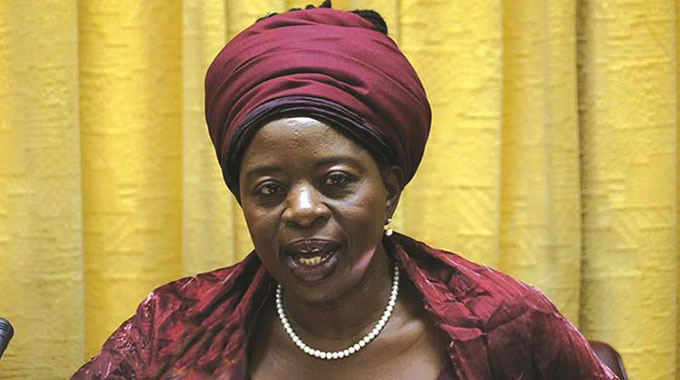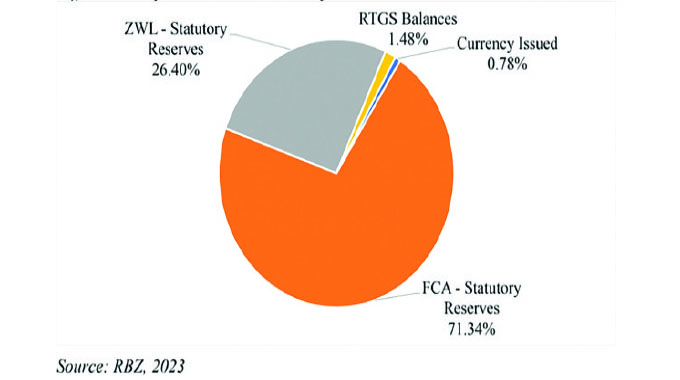Rising cement prices choke construction sector

Martin Kadzere
Zimbabwe’s construction sector is on a massive rebound, boosted by public spending on infrastructure and private development, but recent rising cement prices is becoming a major threat to the industry seen as key to the country’s economic recovery.
High cement prices, partly driven by intermittent shortages of supplies on the local market has also opened avenues for cheap imports from the region, particularly Zambia, as many dealers are stampeding for import permits to fill in the supply gap.
Despite the Covid-19 pandemic, Zimbabwe witnessed improved activity in the construction sector, helped by public infrastructure projects such as roads rehabilitation, commercial and private development.
The Government is spending billions of dollars on infrastructure development including roads and dams. In line with its devolution agenda, more funds have been released to finance the construction of schools and hospitals in all provinces.
On the other hand, private sector development projects have been on a rise especially investment in commercial structures. House building has also given momentum to the sector, largely driven by diaspora funds, according to industry players.
On average, a 50 kg bag which ordinarily costs US$10,50 is going for about US$13. In local currency, retailers are using the parallel exchange rate of between $160 and $170: US$, placing the commodity beyond the reach of many customers who remunerated in local rtgs.
The official exchange rate is at about $85: US$.
Analysts have raised concerns over increasing cement prices, saying this was having a huge effect on the price of construction projects and put developers off targets and budgets.
“We have seen the price of cement going up even in US dollar terms and this is raising the costs of construction projects,” Mr Reginald Ruziwo, who owns a Harare based construction firm said. “Budgeting is now becoming too difficult due to persistent shift in prices of materials especially cement…it impedes the growth of the sector.”
Zimbabwe persistently experienced shortages due to among other issues plant breakdowns and longer lead times to import spares and shortage of foreign currency to import packaging material. Retailers have taken advantage to raise prices.
A recent meeting between cement producers and the Government acknowledged “unjustifiable” price increase, Industry and Commerce Minister Dr Sekai Nzenza said.
The ministry has since engaged other line ministries to ensure “that economic enablers and the doing business environment is optimum” to lower production costs.”
The pricing matrix of cement includes the cost of energy (power and fuel/coal), raw materials, transport and other costs such as labour, maintenance, administration.
Dr Nzenza said the Government had engaged the National Competitiveness Commission to undertake an analysis of the cost drivers of cement and proffer recommendations.
“The priority is to ensure availability of the product at affordable prices consumers,” said Dr Nzenza.
This week, Dr Nzenza said Zimbabwe would raise surveillance of cement imports from the region to protect local companies and shield customers from sub-standard shipments.
In April this year, the Government gazetted substitution regulation, Statutory Instrument 89 of 2021, which regulates and controls importation of cement into the country.
The Consignment Based Conformity Assessment (CBCA) programme also safeguards local cement producers from competing with poor quality imports through the pre-export verification of conformity to standards before it is imported. www.ebusinessweekly.co.zw








Comments